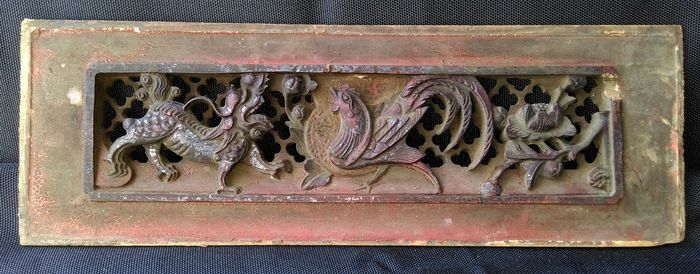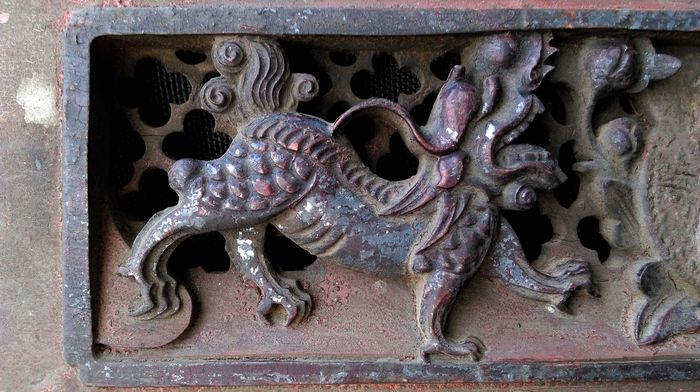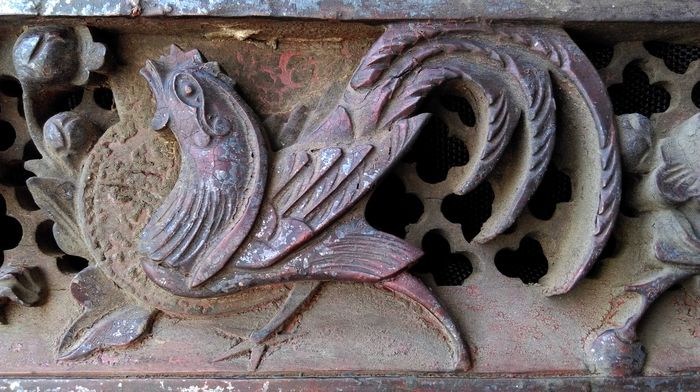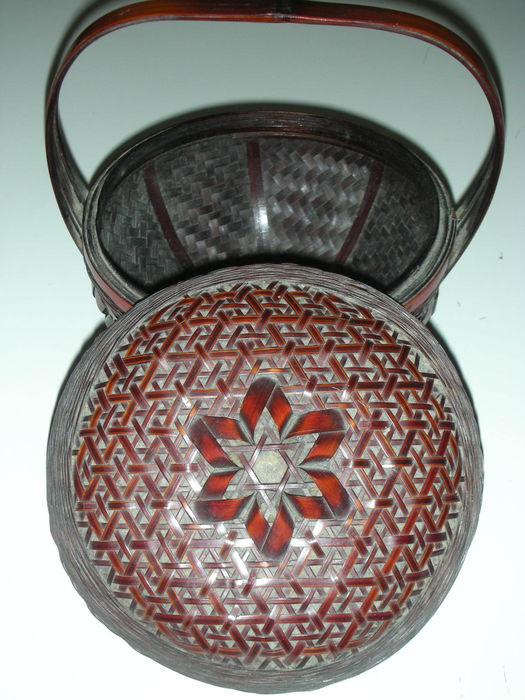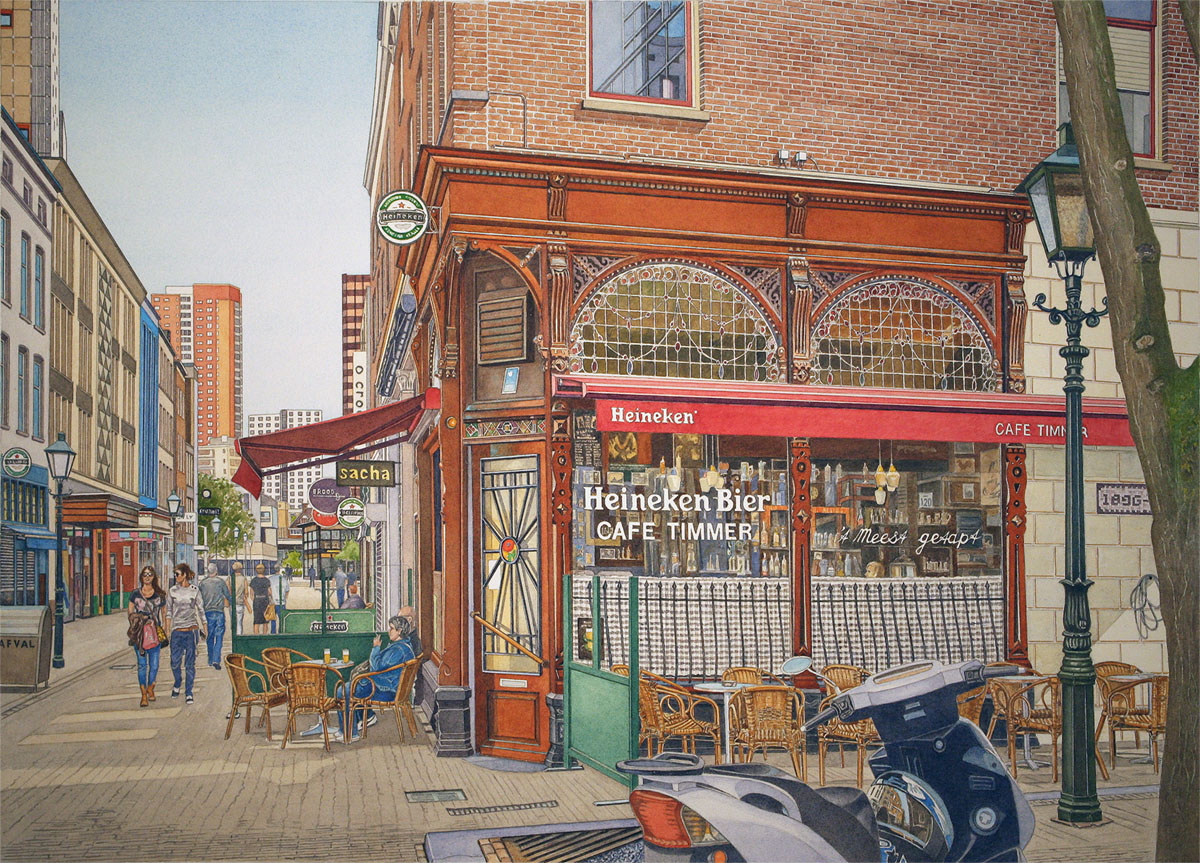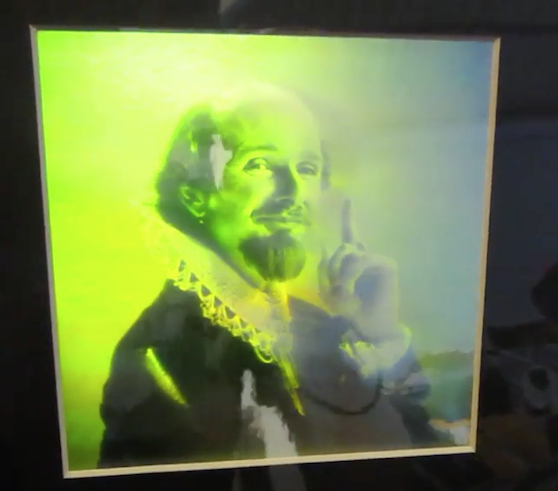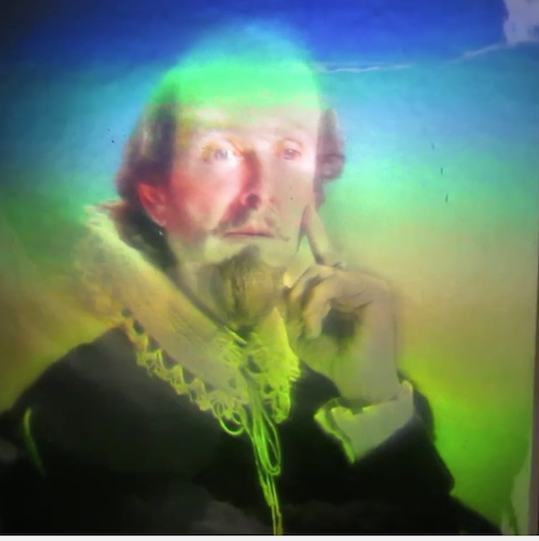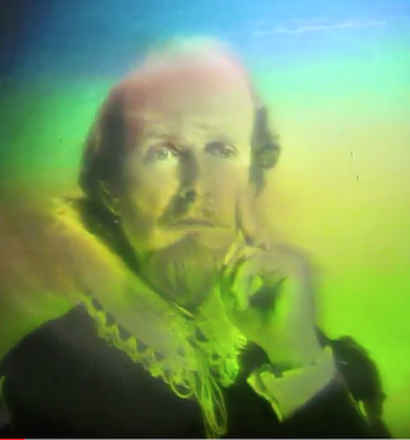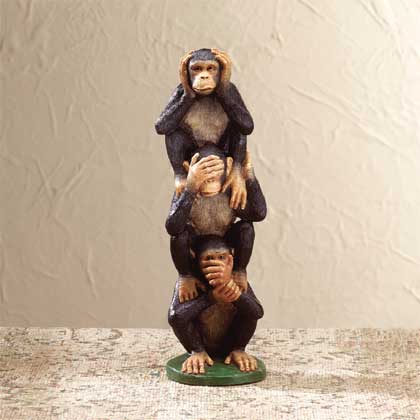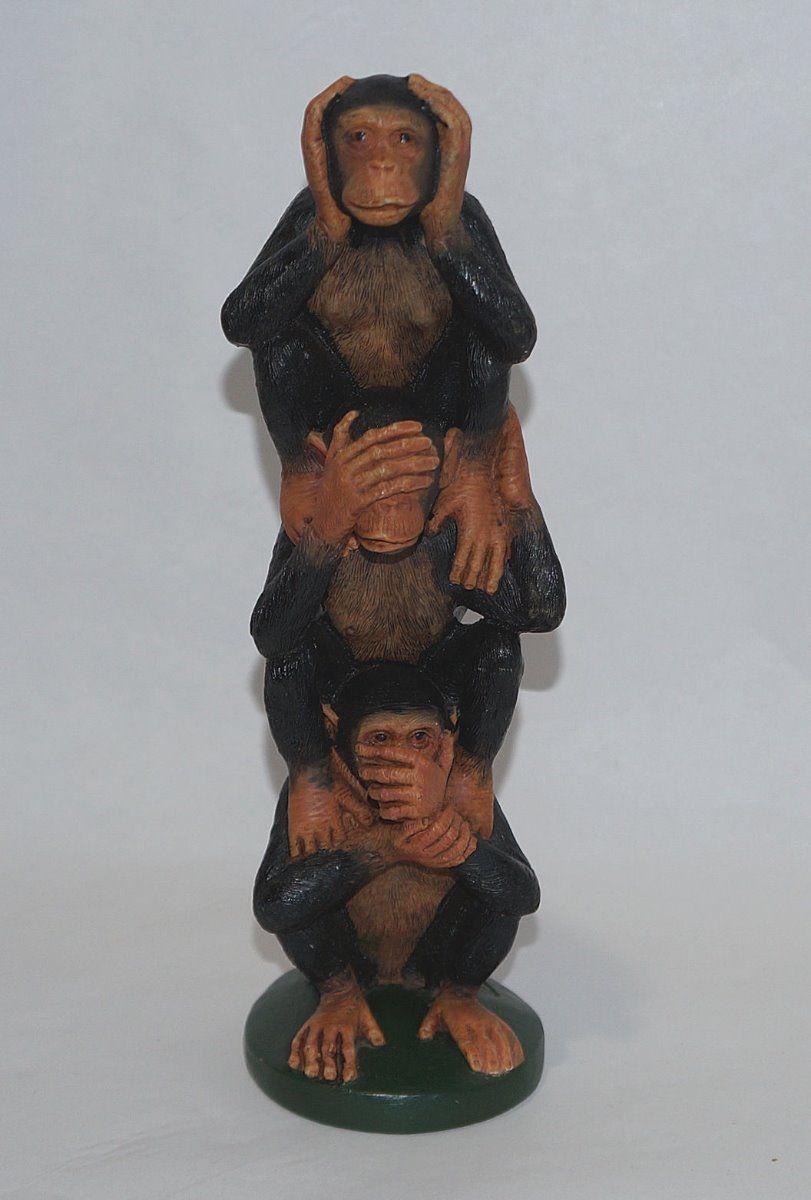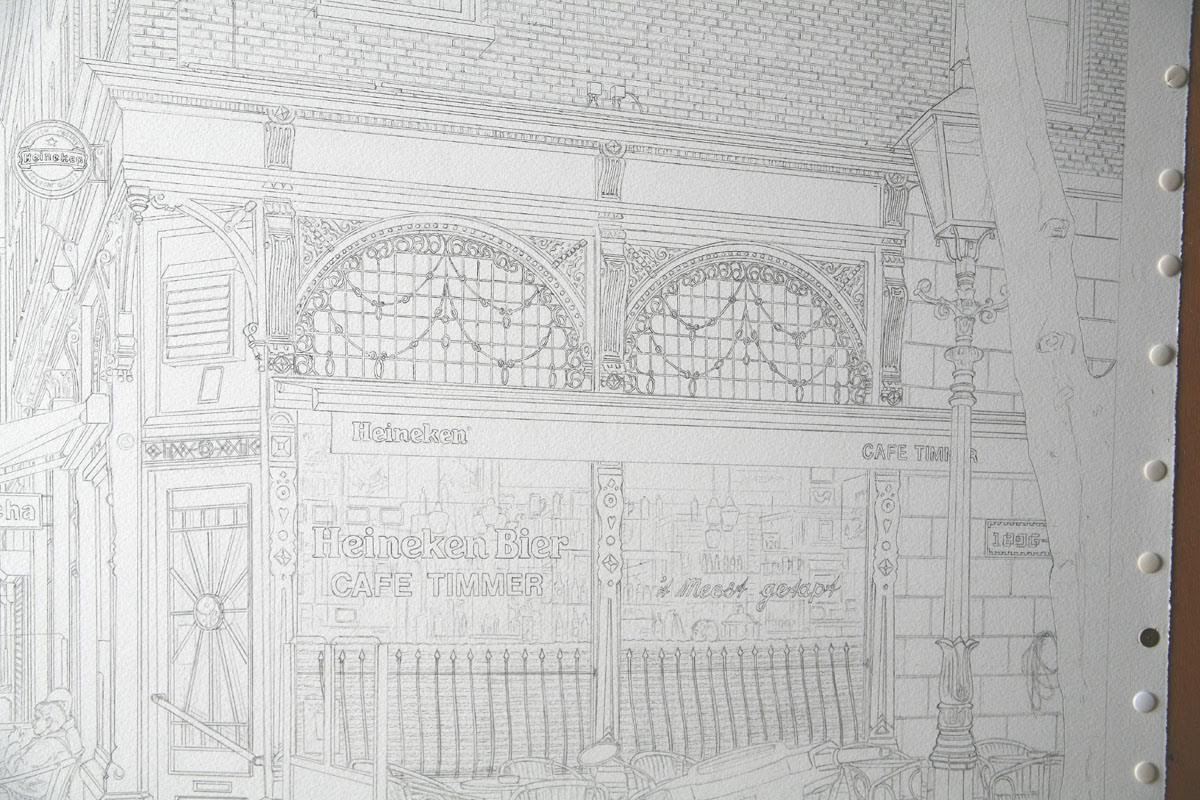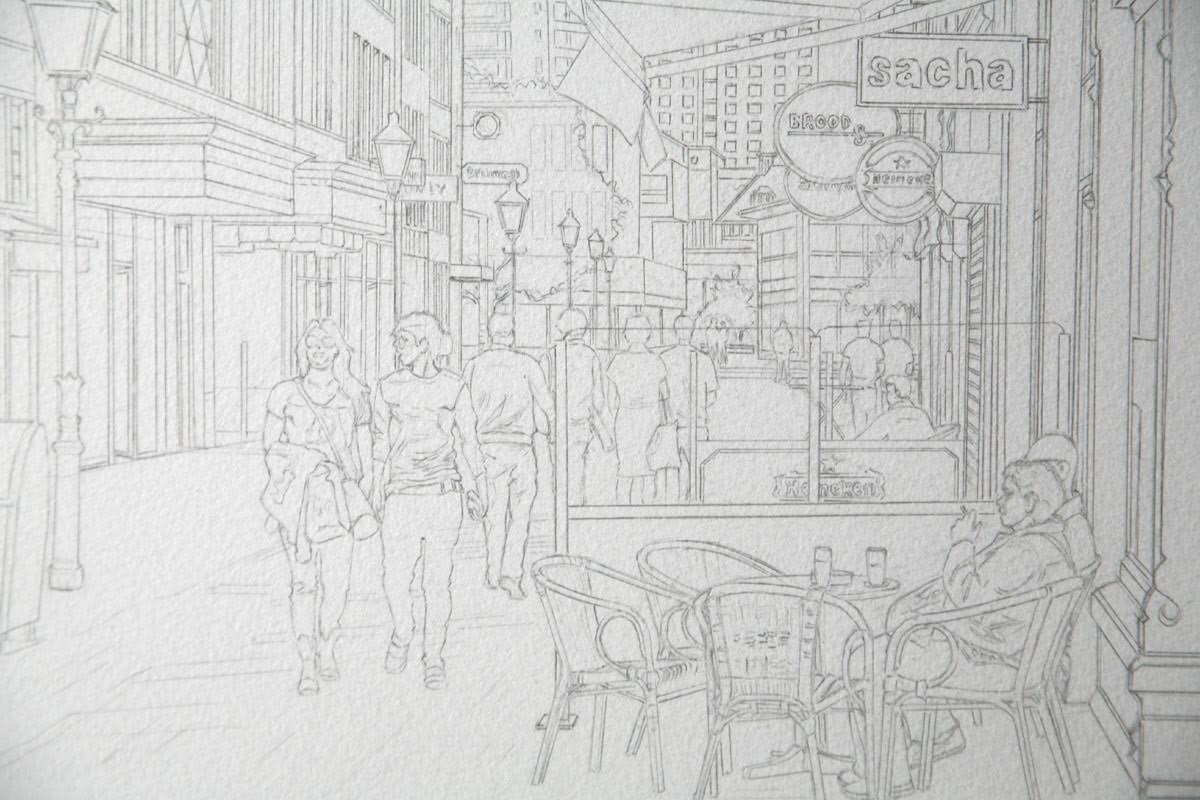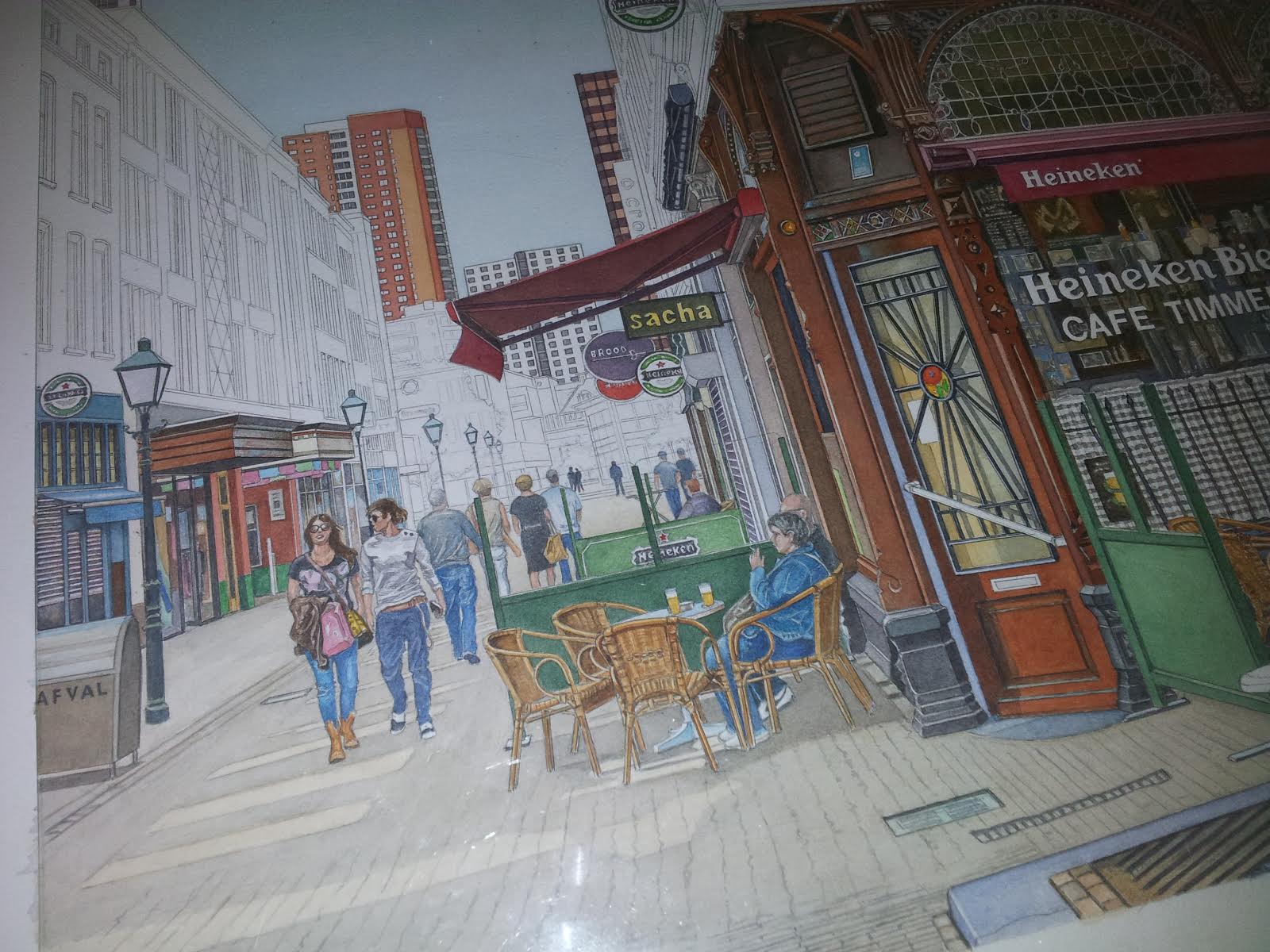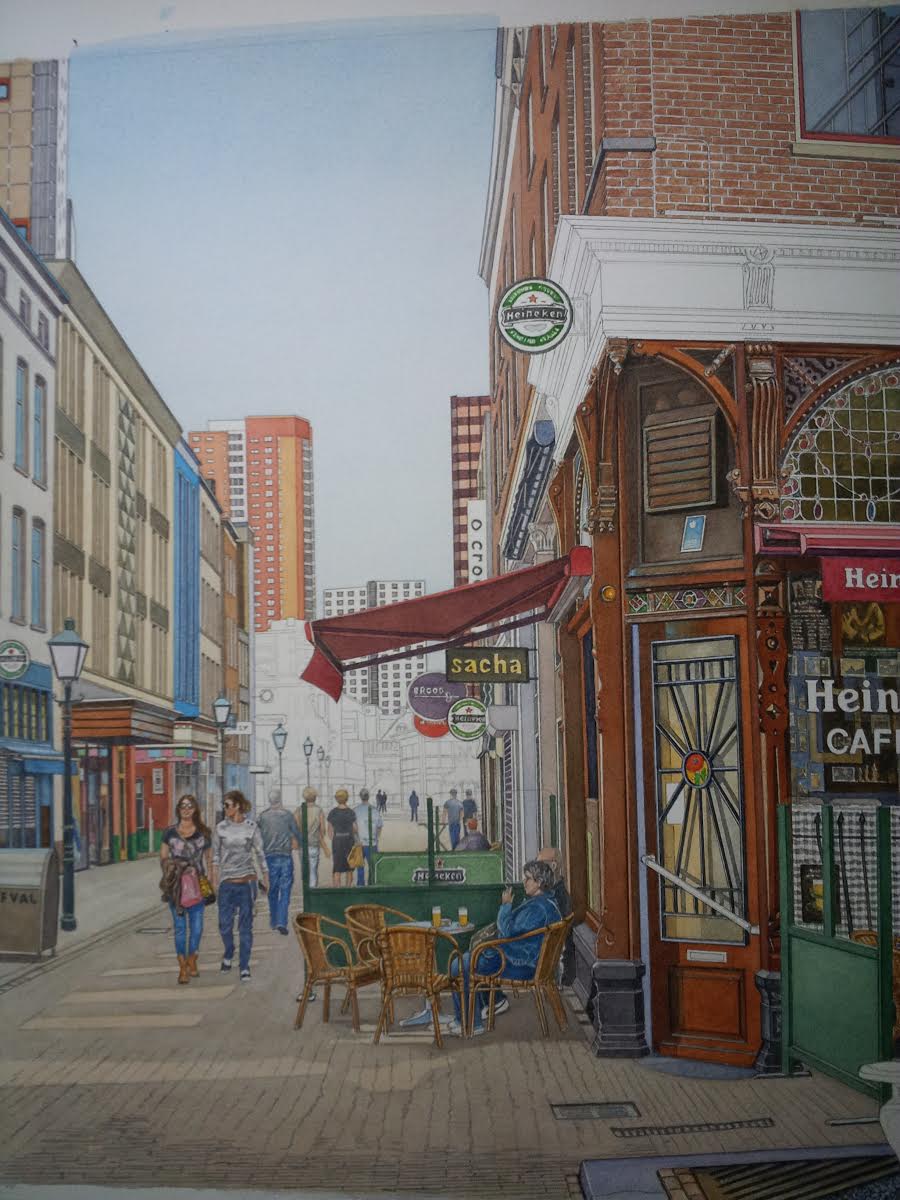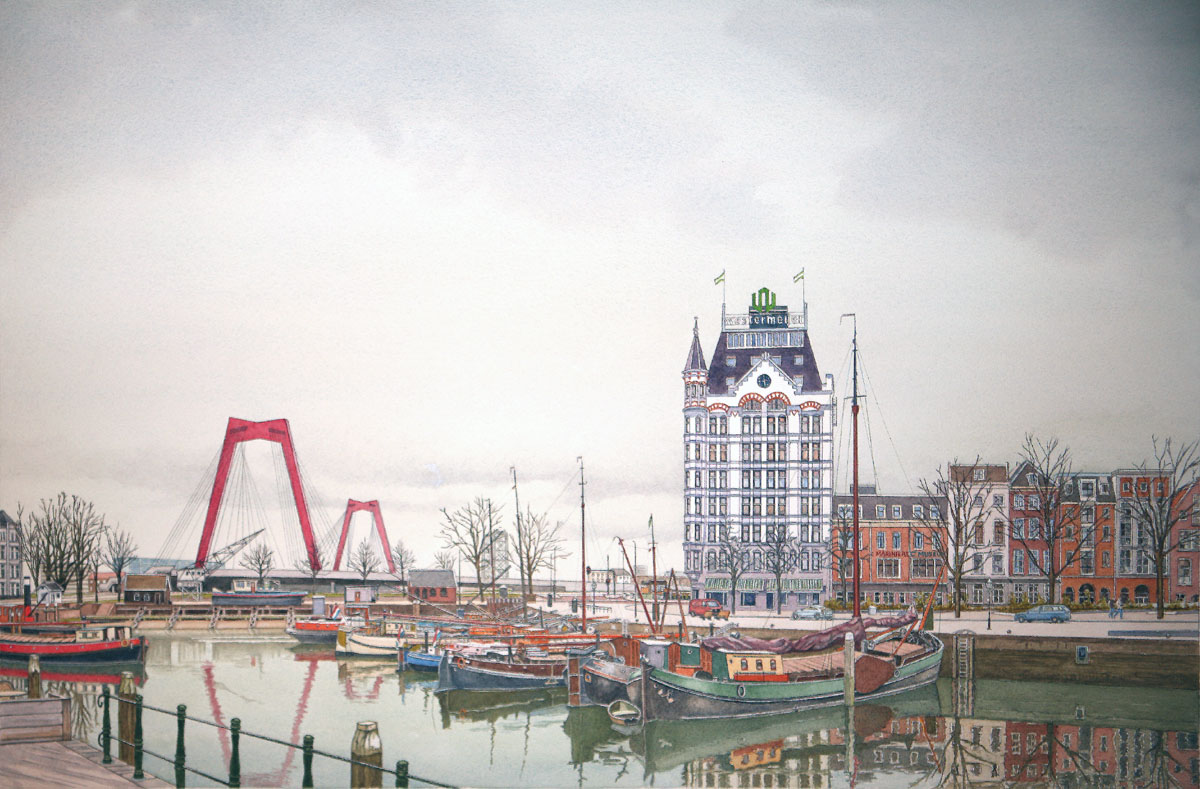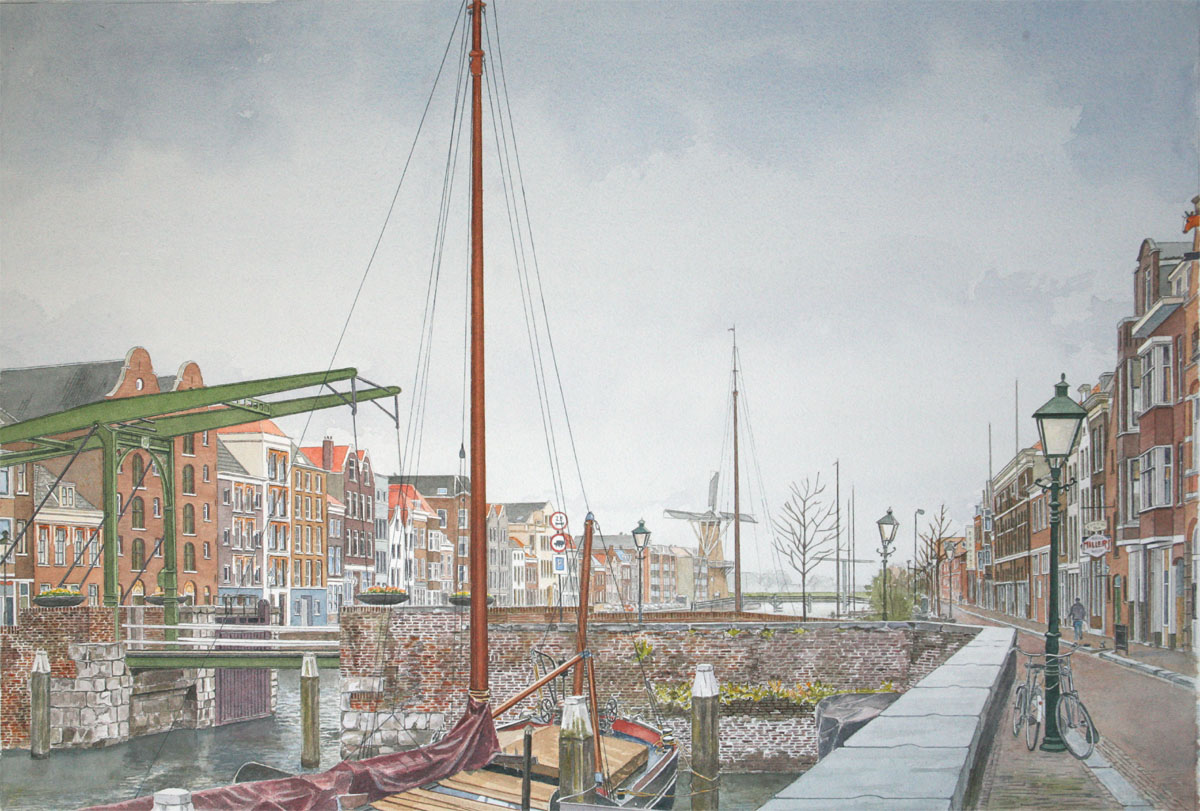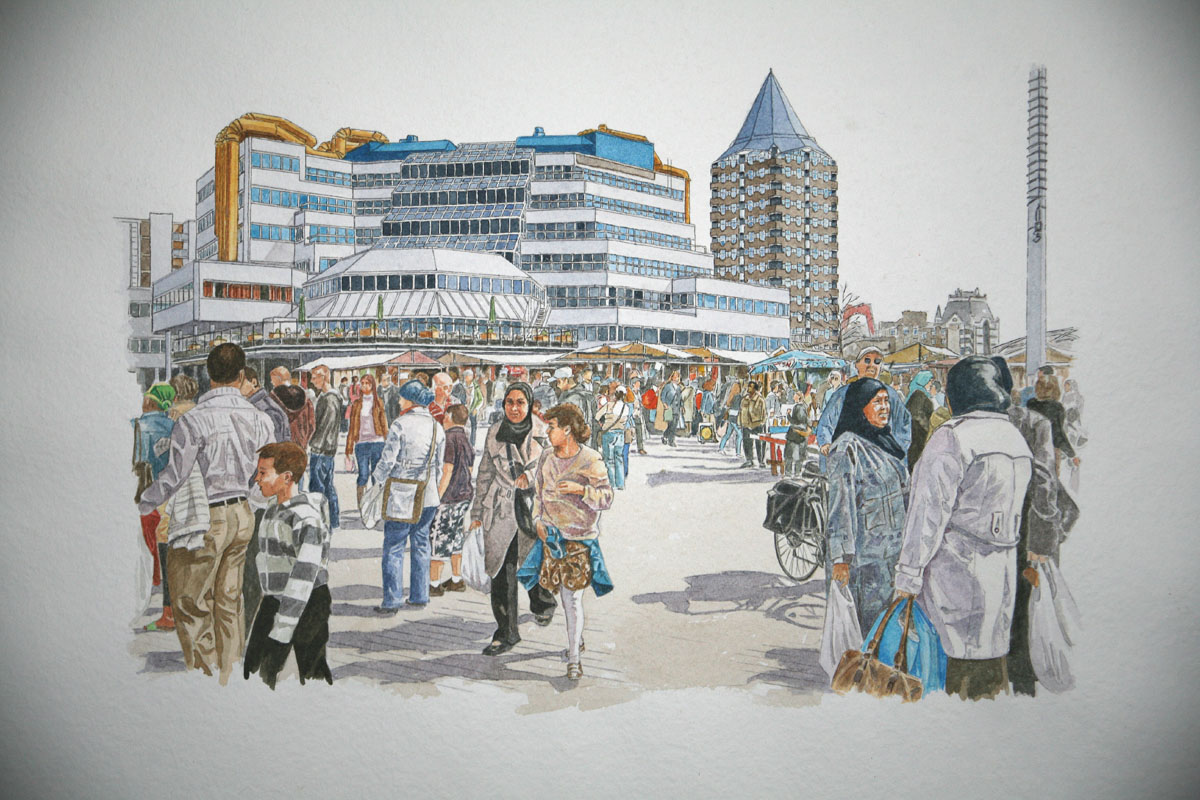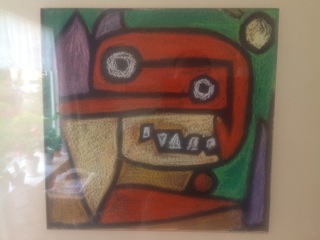|
Ruphus -> RE: Ravi Shankar & Ali Akbar Khan in concert 1972 (Apr. 24 2017 18:53:52)
|
I very much assume that your old man could be having a great time with my cousin, sharing on how to take corresponding shots, about perspective and painting. That cousin, whom I introduced once on the foro, is a former prof for architecture and art painting who since years now has settled in on fictive panoramas of ancient or future scenes, which are then being plotted on 30 m high and 100 m long rotundas that are installed in several cities´ old gasometers. (You get binoculars for spotting details, almost like in nature.) He does the painting digitally, buts it´s about similar skills as with analog means.
Different from his past free paintings. Not always perfect, but I liked that time the most. Besides, as a kid he used to draw traditional motifs of women onto egg shells, with detail beyond belief. You know, with those super thin brushes.
Your dad really knows how to handle colors. (And I have definitely never been able to apply ink that homogenously.)
What you observe with photos of paintings ought to be interpolation in conjunction with reduced resolution. What adds is that each digital brand´s technicians have to determine how actual shades of grey ought to be translated into color. With many manufacturers (and to my personal impression especially canon [very similar to leica] and panasonic) colors on default / neutral setting appearing better than life.
That´s so to say how worn surfaces come to appear like mint.
Not that artsy stuff wouldn´t earn its bonus with me, it certainly will. But me can appreciate anything between art, craftsmanship, deco, photography and handy work on computers. Naturally each of the easier methods minus the lesser demand of skill and effort, yet anything beautiful may hold its own.
And so, I do dig computerized morphing of photos into "paintings". Actually, every then and now there would be a shot, which I was wanting to turn it into a "painting". But digital tools and apps that I tried wouldn´t yield too well.
Until I stumbled over that kind guy´s little app who shares his make. I have posted examples before on the forum with transformations from wedding sessions that do look like freaking paintings.
If I hung such a pic on the wall, first thought would always be: "You didn´t paint it. ... It´s only an edited photography, dude", hehe; but having thought that, yours truly would then enjoy the optics still.
Eye-candy has its base of visual cake, and the more of skill involved in the making the more icing there adds on top.
... My cousin, besides, used to agree into that. Not anymore, however. The ordinary profession-legitimating thingy obviously has left its traces.
Now, ... while in fact about to going seriously broke ... You give me a job as photographer (or possibly if must be as photoshopper, which would be taking an intensive wetting of toes first, though. Not to underestimate the complexity of piloting such prog) and I will swear that photography is the most demanding form of all art.
Maybe. ;O)
-
If that was Ghandi´s argument, it does remind me of similar blurb regarding child marriage and other questionable customs, stemming from a time when practice just took a bending of reality to desired nonsense. As I find, a method still widely in place, yet in times of particle physics and space exploration. One can buy a car and still ride the poor donkey with it. As style too frustratingly resistant to bear.
Ruphus
|
|
|
|
